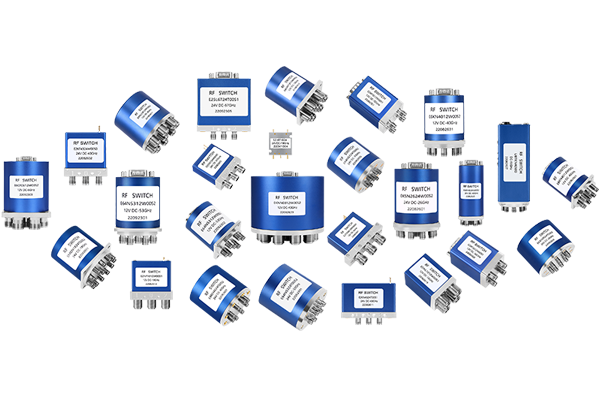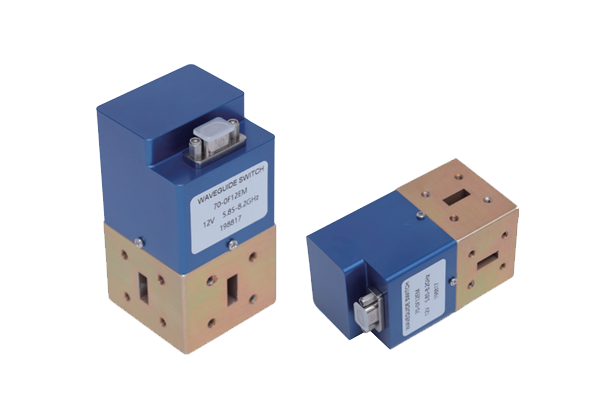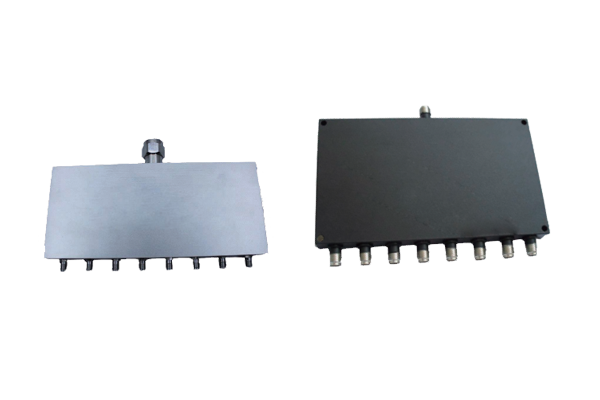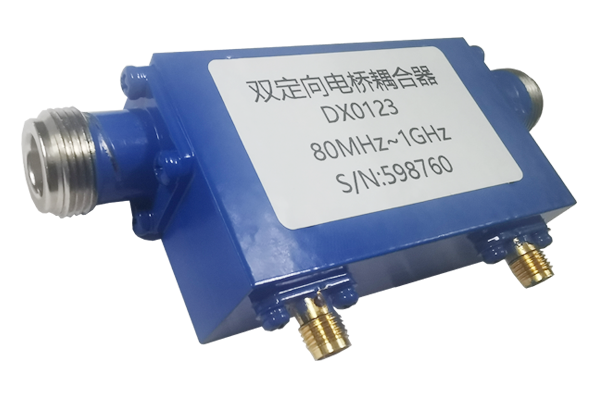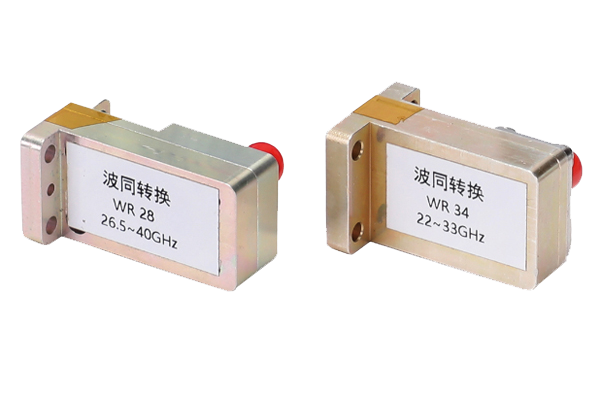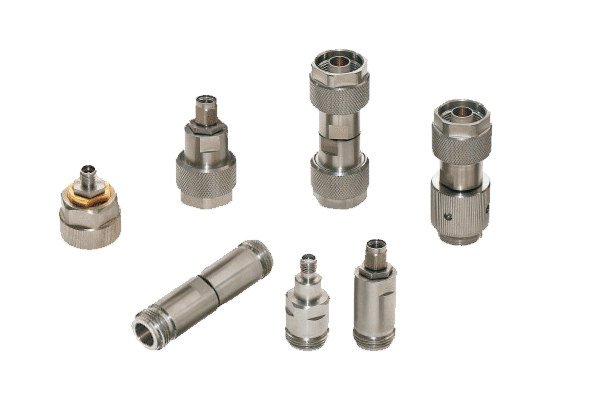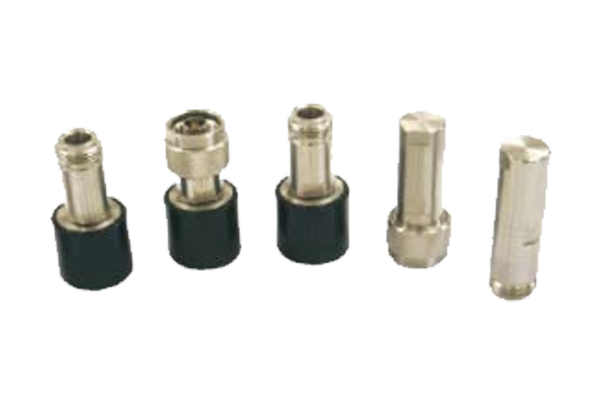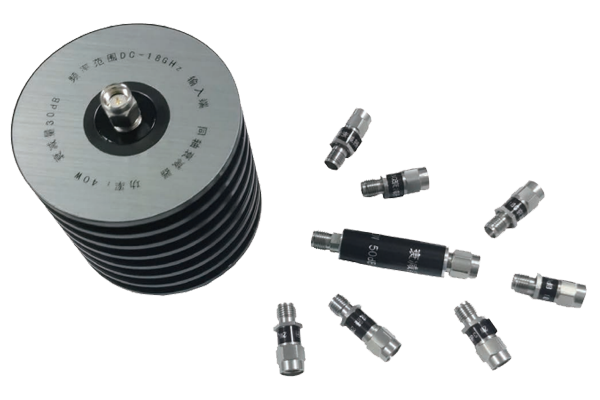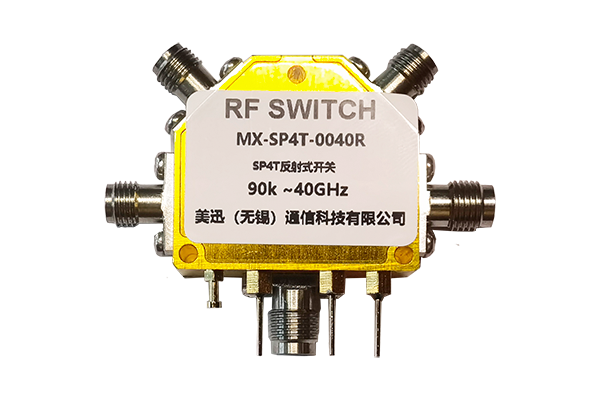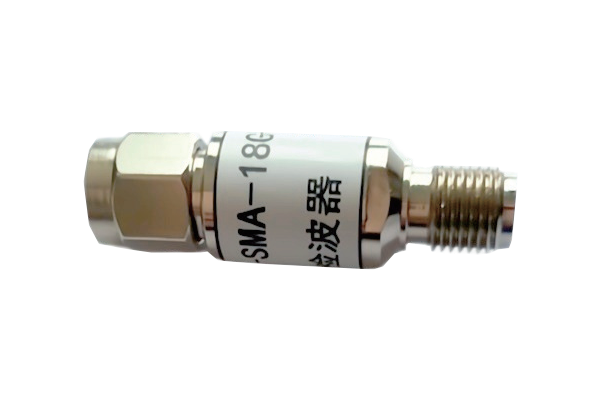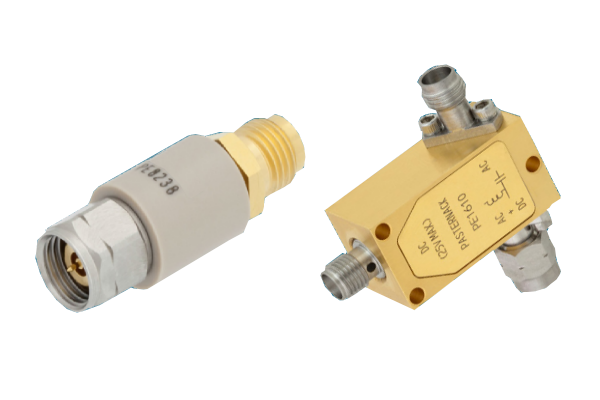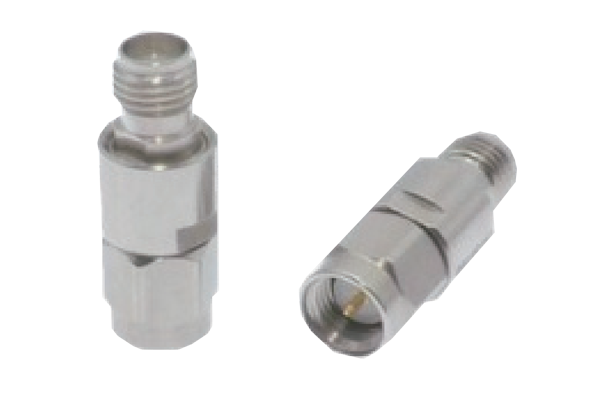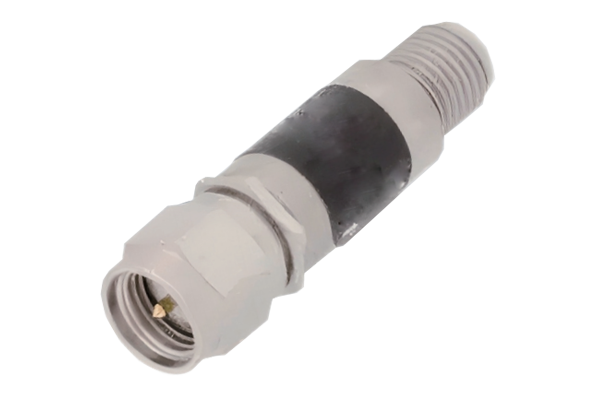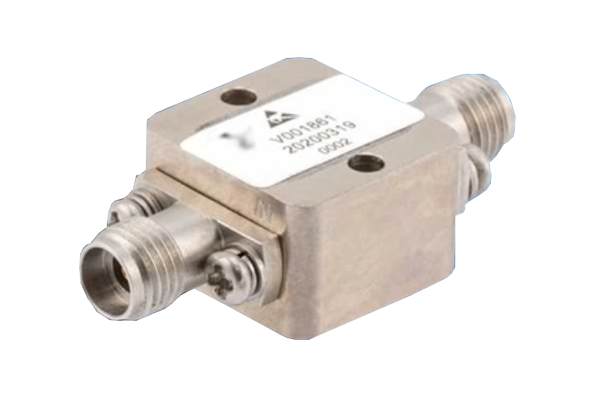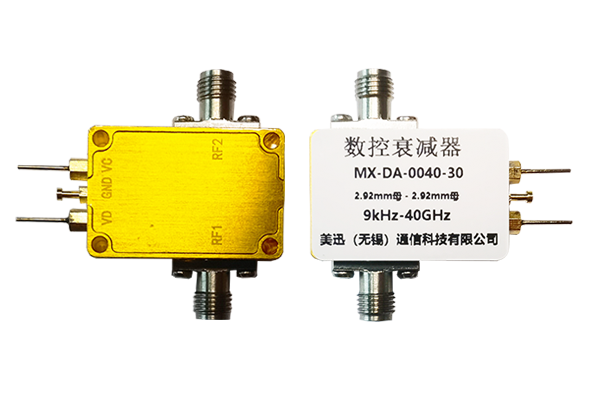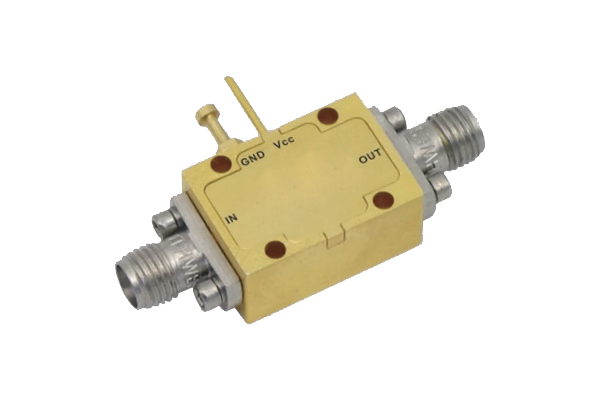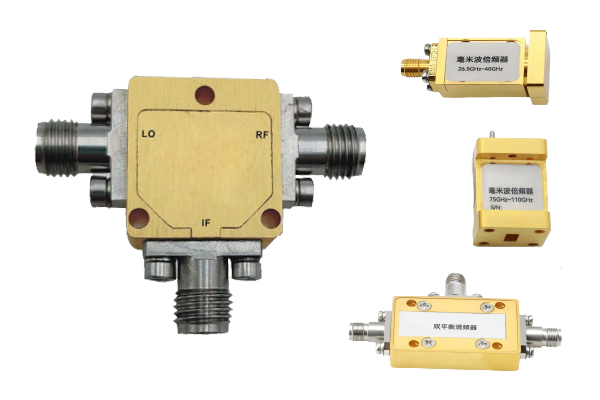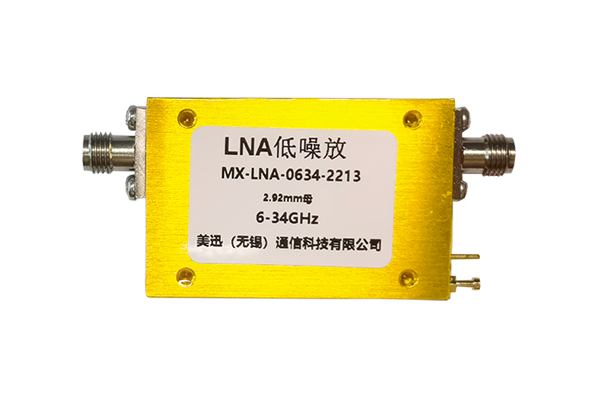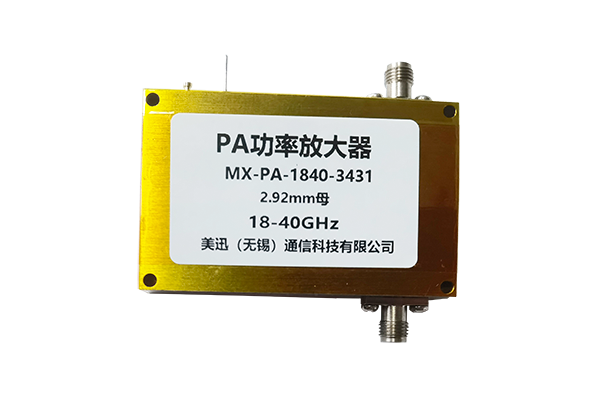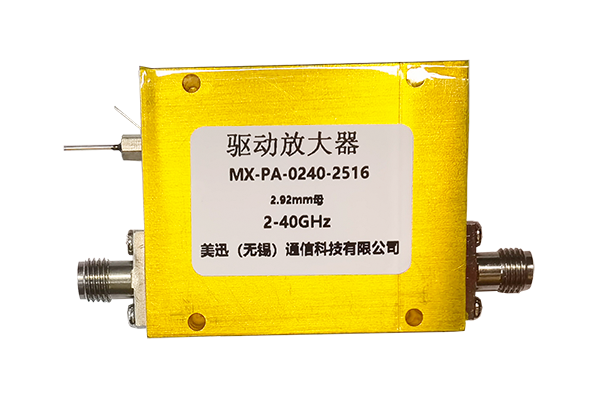What parameters should be paid attention to when purchasing a power amplifier
Power Amplifier Buying Guide
Power Output
Measured in watts, determines volume potential and speaker compatibility.
- Small/medium rooms: 20-50W per channel
- Large spaces: Higher wattage needed
- Caution: Too much power can damage speakers
- Match to your speaker's power handling capacity
Impedance
Ensures proper power transfer between amplifier and speakers.
- Common ratings: 4Ω, 8Ω, 16Ω
- Must match speaker impedance
-
Mismatch causes:
- - Inefficient power transfer
- - Distortion
- - Potential equipment damage
Frequency Response
The range of frequencies the amplifier can accurately reproduce.
- Ideal range: 20Hz-20kHz (human hearing)
- Look for flat response across range
- Avoid amplifiers that emphasize/attenuate specific frequencies
- Critical for accurate bass and treble reproduction
Total Harmonic Distortion (THD)
Measures signal fidelity and audio purity.
- Lower values = cleaner sound
- Target: <0.1% THD
- High-end amplifiers: <0.01%
- Affects naturalness of audio reproduction
Signal-to-Noise Ratio (SNR)
Indicates clarity by comparing signal strength to background noise.
- Higher values = less noise
- Minimum recommended: 90dB
- Premium models: >100dB
- Critical for quiet passages in music/movies
Channels
Determines system configuration and expandability.
- Stereo: 2 channels (L/R) for music
-
Multi-channel:
- - 5.1 or 7.1 for home theater
- - Powers front, center, surround, subwoofer
- Consider future system expansion needs



